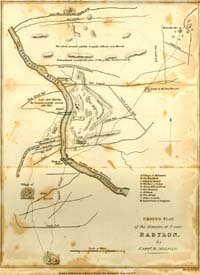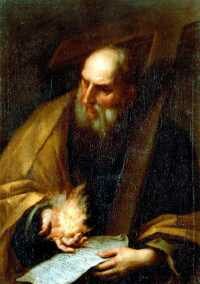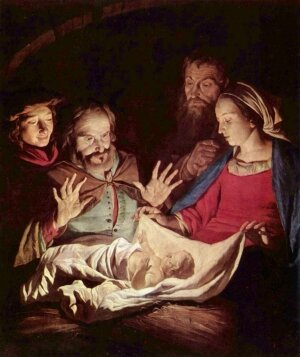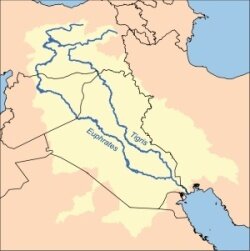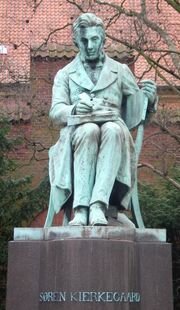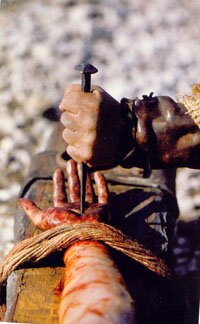 In the bible, Jesus (Greek Iēsous) often refers to Himself as the Son of Man.
In the bible, Jesus (Greek Iēsous) often refers to Himself as the Son of Man.32And they were on the road, going up to Jerusalem, and Jesus was walking ahead of them. And they were amazed, and those who followed were afraid. And taking the twelve again, he began to tell them what was to happen to him,33saying, "See, we are going up to Jerusalem, and the Son of Man will be delivered over to the chief priests and the scribes, and they will condemn him to death and deliver him over to the Gentiles.34And they will mock him and spit on him, and flog him and kill him. And after three days he will rise." —Mark 10:32-34 ESV
Christian interpretation
The phrase son of man took on Messianic significance within the Christian movement primarily due to the Jewish eschatology during the time of its early conception. Originating in the book of Daniel (7:13), in a vision, one like a son of man is described coming upon the clouds of the sky to unite the world.As a result, some Christians believe that in the body of the New Testament, son of man is used forty-three times as a distinctive title of Jesus within this Messianic context. Other Christians interpret it as Jesus showing humility, avoiding using titles like Messiah and Son of God. Still other Christians believe the title is meant to signify Jesus upholding his identification with his humanity and fellowship with mankind, perhaps also conveying the idea that Jesus is the man par excellence. In this last context it serves as putting humans and Jesus on the same level.
Jewish interpretation
As generally interpreted by Jews, denotes mankind generally, with special reference to their weakness and frailty (Job 25:6; Psalms 8:4; 144:3; 146:3; Isaiah 51:12, etc.).It is a title frequently given to the prophet Ezekiel, probably to remind him of his human weakness.
Additionally, the Biblical book of Daniel mentions the prophet's vision of the coming of one 'like a son of man'; possibly implying that this is not actually a man but a divine figure.
When interpreting the Bible, one cannot exclusively rely on English translations. Son of man in Job 25 is ben adam (Hebrew: בן־אדם), and "son of man" in Psalms 144 is ben enosh (Hebrew: בן־אנוש). This phrase also appears in the non-canonical Book of Enoch.
More...

